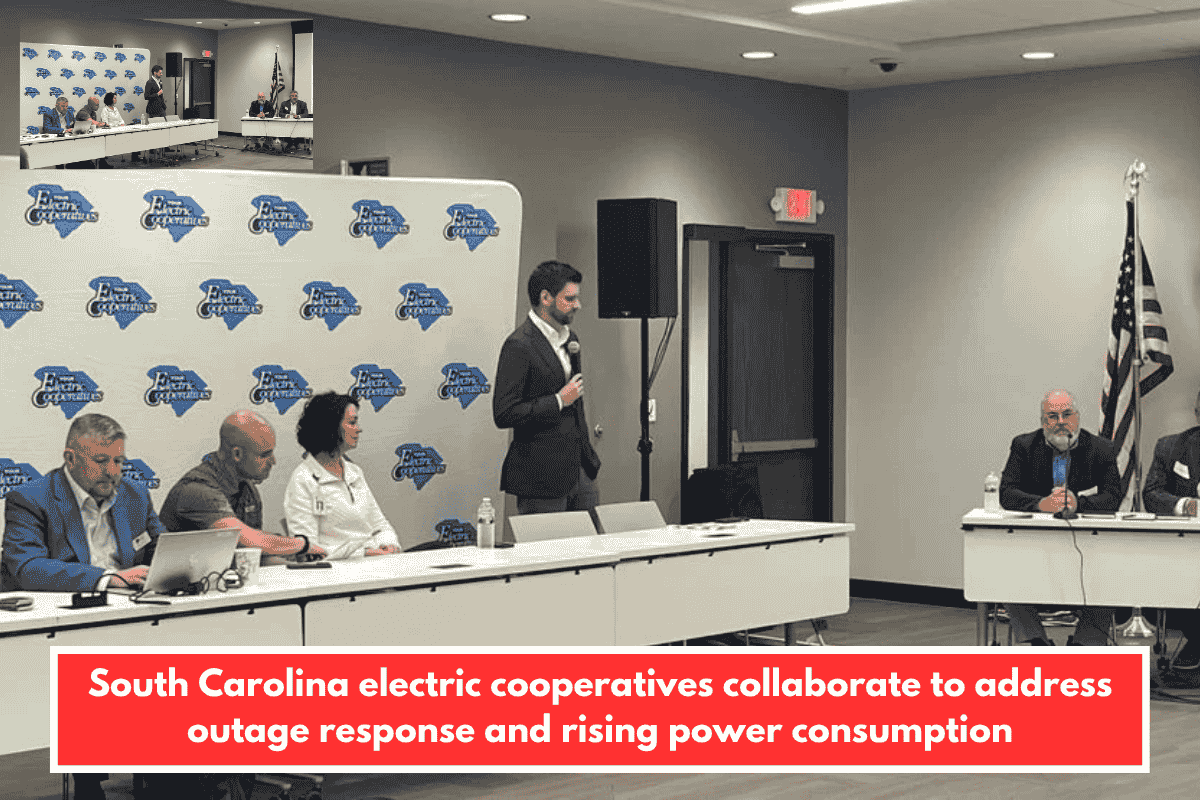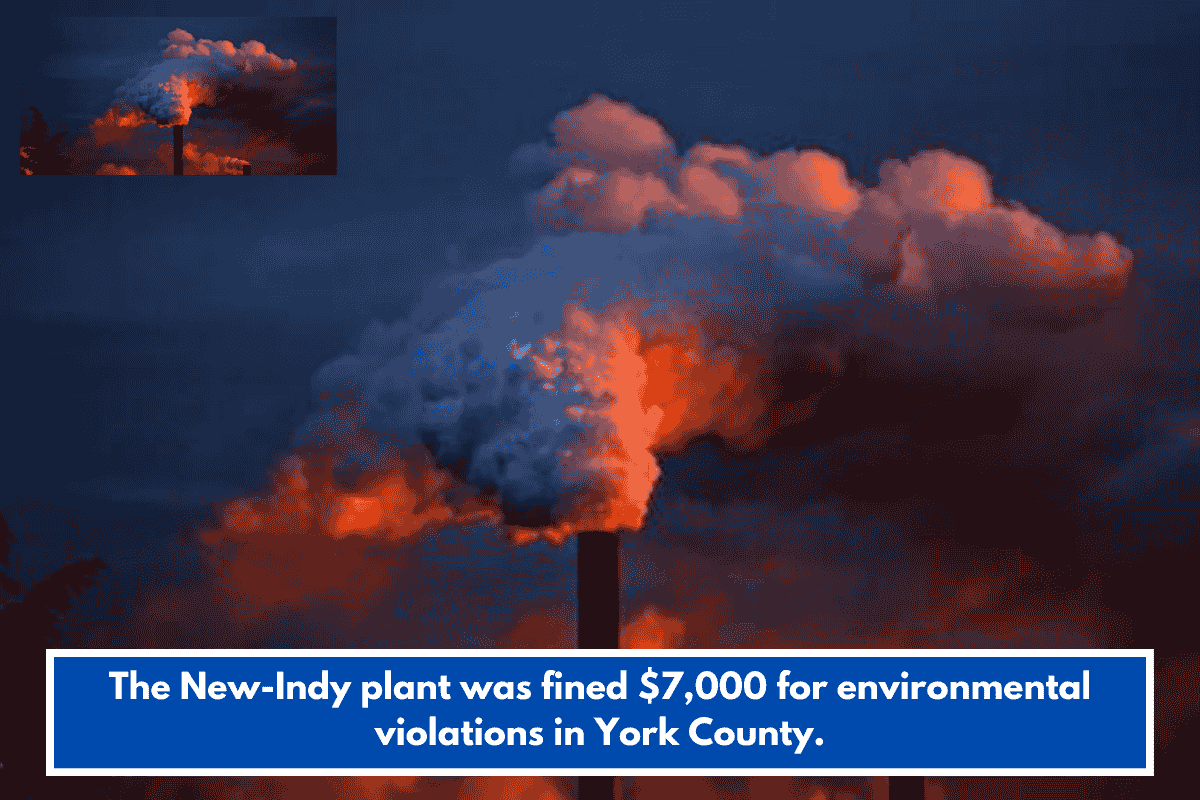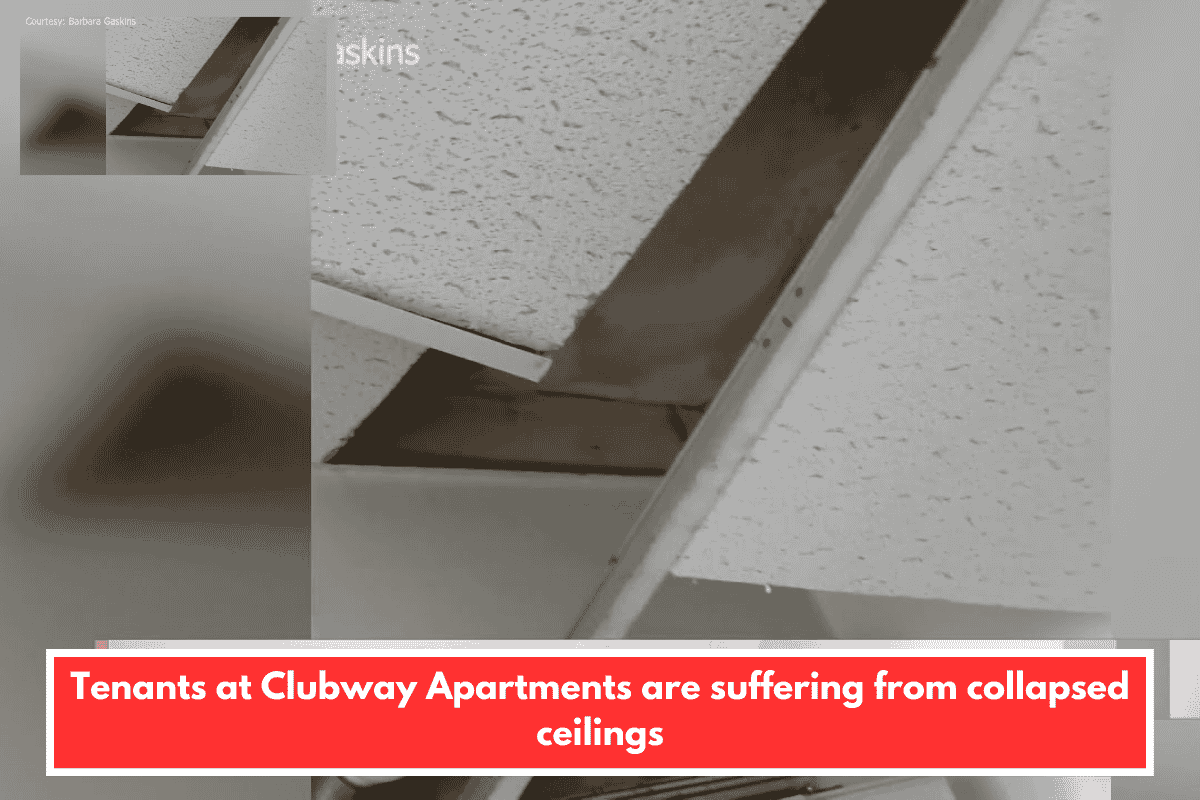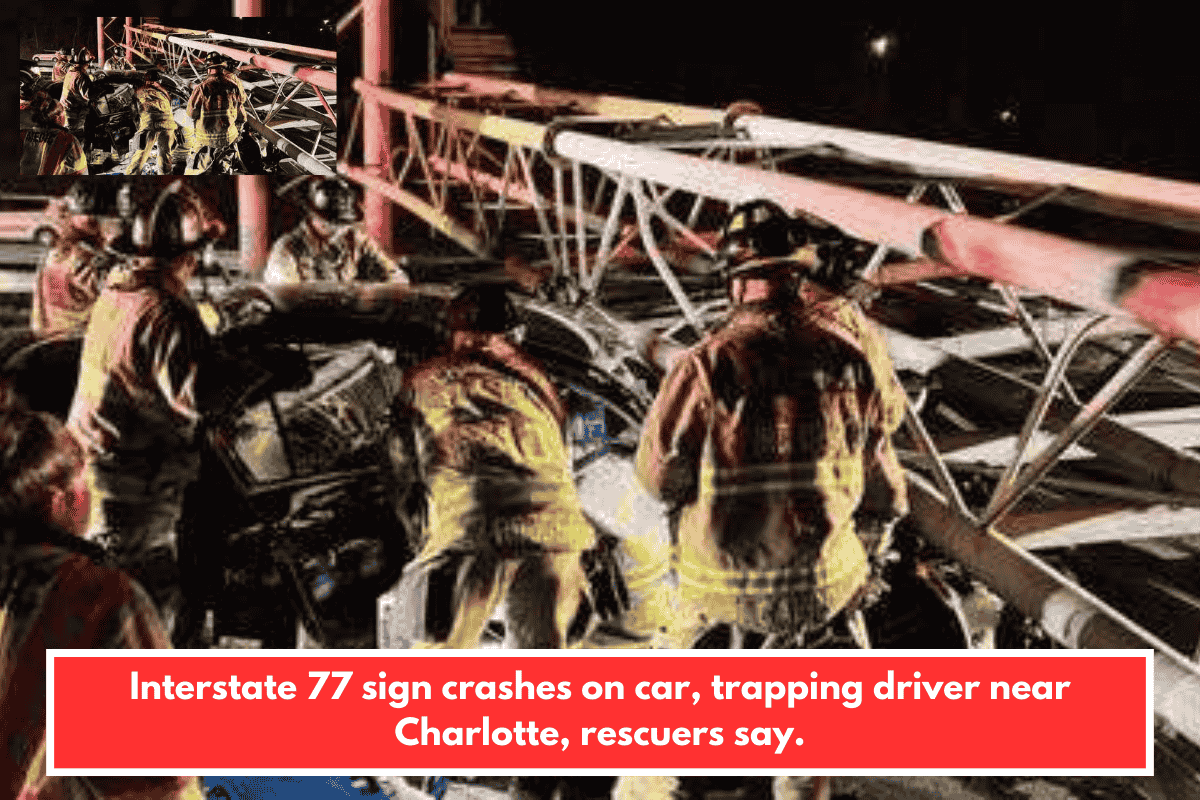Moncks Corner, South Carolina. South Carolina electric cooperatives met on Friday to discuss some of the problems they face in the Lowcountry.
Several officials attended the Lowcountry Co-op Media Day, where they discussed the area’s expansion as well as their plans to meet increasing power needs — all while hurricane season was intensifying.
“We have the model in place. We know the voltage and the demands, so we try to be proactive rather than reactive,” said Mike Fuller of Berkeley Electric Cooperative. “In the end, this improves reliability, but it is a delicate balance. And living in a region where we are all experiencing rapid growth necessitates this balance.”
Panelists on Friday underlined that the Lowcountry’s rapid growth necessitates significant infrastructural investments. Electrical cooperatives have preparations in place, but they are willing to adjust.
It’s a living and breathing document, because what we believe is going to happen in the next three years is going to change,” Fuller said. “‘Because all of a sudden you see a lot of trees and next thing you know, they’re all down and houses are going up. So we have to be reactionary on that.”
During hurricane season, the team is also learning to react to constantly shifting and fast-moving storms.
“Every storm varies in scope, size, and damage. So having a one-size-fits-all game strategy is problematic. But we’ll start thinking about how much help we could need,” said Mark Walling of the Coastal Electric Foundation.
Panelists Friday highlighted that each storm the area experiences is unique and varied, but they prepare plans long in advance of landfall. They also constantly revise their plans since pre-staging teams may squander resources if the storm’s direction changes.
South Carolina Electric Cooperatives collaborate through mutual aid agreements. Co-ops cannot afford to have big standby crews year-round, thus mutual aid allows them to quickly increase their staff while avoiding excessive fees for members.
“And the most important thing to remember is that no matter how big the co-op is, we are one really close-knit family. And we’re going to help each other out,” Fuller explained. “And that’s just the way that we do it.”
During a storm, each employee is assigned a certain role. During a storm, every employee contributes significantly, from logistics to food service. Following a hurricane, the first order of business is to survey the damage. The co-op’s top priorities are safety and determining the extent of damage.
What is the goal, regardless of the circumstances? Providing safe and dependable power to their members.
“We are not-for-profit. We are member-owned. Uh, if we spend a lot of money, our members have to pay for it; when we save money, our members benefit as well,” said Avery Wilks of Electric Cooperatives of South Carolina.
Another source of concern: growing energy expenses in the neighborhood. Representatives said it has climbed 21% in the last five years, which they will continue to monitor.









